A few weeks ago, a study was published that I hope will dispel the fears of parents and caregivers of children and adults with autism spectrum disorders (ASD) who have been worried about proposed changes in diagnoses. As a clinician who has seen families and people with ASD almost every day of my life for more than 30 years, and as a member of the Neurodevelopmental Disorders Work Group for the upcoming revision of the Diagnostic and Statistical Manual of Mental Disorders (DSM-5), it has been heartbreaking to hear how frightened families were by the proposed changes. So I was glad that we had data to actually test whether their concerns are well-founded. Nevertheless, it has been striking how little the mainstream press has been interested in the new findings compared to the front page headlines about the problematic study that raised the fears.
Our recognition of ASDs has improved in the past decades, but we are still using a diagnostic system from the American Psychiatric Association's 1994 revision, DSM-IV. It divided what were called pervasive developmental disorders (PDDs) into subcategories including autism, Asperger Disorder and a fallback category, PDD-NOS (not otherwise specified). PDD-NOS was intended to capture the small number of children who almost met criteria for autism, but instead it became a very common diagnosis.
In the DSM-5, we propose a new way of looking at these disorders, merging them into a single diagnosis of autism spectrum disorder. We believe this will create more accurate diagnoses and improved access to services. It should also improve research into ASD, because there will be less diagnostic confusion.
Some critics claimed that the changes would decrease the number of diagnoses and leave some families without services. Today, I'm hoping that recent literature reviews and our new analysis of data from more than 4,400 carefully-studied children will get equal attention and put fears to rest.
Diagnosing an ASD is different from diagnosing a tumor or a heart condition. Even though ASD is a neurobiological disorder, there are no biological tests. There is no standard protocol, such as for diabetes, that is covered by insurance and that provides clear directions for treatment across the lifespan. ASD diagnoses are based on behaviors, as witnessed by clinicians and as reported by caregivers. Families arrive at our center afraid that we will not listen to them or "see" their child as he or she is, yet at the same time hoping that we won't see or hear evidence of autism. One of the problems with the DSM-IV system was that families were often given PDD-NOS diagnoses because clinicians did not want to upset caregivers. Parents were relieved by the term PDD-NOS, which avoided the stigma of "autism," and consequently they sometimes did not pursue appropriate treatments, only to discover later that their child had had autism all along. We need ways of representing an individual's strengths and difficulties within ASD, but the DSM-IV subcategories did not work.
Having a name for a diagnosis is important. A mother of a boy with ASD recently described how she designed a T-shirt for their 10-year-old son to wear on a family plane trip that said "AUTISM?" in big letters. Unlike a previous flight, this one went well because other passengers understood why he squealed and put his hands over his ears. It is not surprising that parents might be frightened to learn that the name of their child's diagnosis will be changed.
The fear of losing services for children is also understandable because many parents have had to fight so hard to get this help. Health care and insurance systems often exclude autism from reasonable coverage, and families with a child or adult with ASD live in a complicated world of conflicting information about what treatments are effective. New legislation may rectify aspects of this situation, but there are many loopholes and gaps into which children and adults with ASD can still fall. This situation is not unique to autism, but the complexity of ASD and its severity in terms of frequent lifelong impairments make it stand out.
So, we've tried to be careful in making these changes. My colleagues and I had access to data from several studies for the analysis of more than 4,400 children seen by more than 100 clinicians from across North America. We found that that the DSM-5 criteria did not change the number of children with clinical diagnoses identified as having ASD. And the number of children who did not have ASD who were mistakenly identified as falling within the spectrum dropped significantly. When the diagnosis was based on information provided by a parent and from a clinician's interaction with the child, diagnoses were most accurate.
We are in a time when support for education and health is being questioned every day. Having a single category of ASD improves the chances that services won't be reduced for individuals who need them. Clinicians and families need to work together to be effective. Providing more accurate data about these changes may seem like a small gain, but I hope our study will help us take a larger step in improving diagnosis and decreasing the fears of families who already have to fight for what their children need, often across a lifetime.
For more on autism, click here.